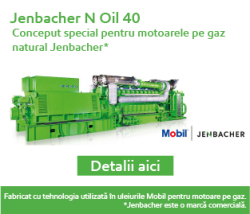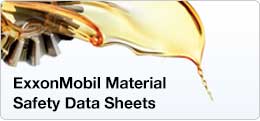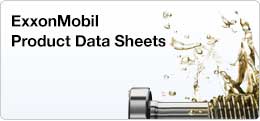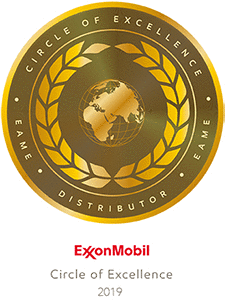Protect industrial bearings through preventive maintenance
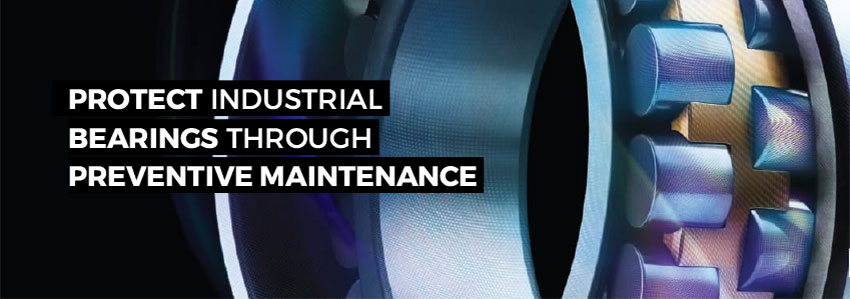 Protect industrial bearings through preventive maintenance
Protect industrial bearings through preventive maintenance
Beside their functional role, the bearings in the industrial equipment deserve more attention than other components due to their sensitivity. There are numerous factors that can lead to their premature wear and implicitly to the failure of the entire system.
A policy based on the principle of prevention will result in increased performance, reduced maintenance costs and reduced downtime through the fast removal of the causes affecting the optimal functioning of the bearings.
Protect the bearings by using the most important prevention measures
Given that it is more effective to prevent than treat, prevention measures should be your number one ally in the maintenance process. In this regard, follow the steps below to avoid unforeseen bearing faults:
- 1. Schedule regular equipment inspections and monitor the results.
- 2. Encourage your staff to check and detect possible faults.
- 3. Keep a detailed documentation related to the faults and abnormal behaviors of bearings in order to identify possible patterns.
- 4. Compare the results of the inspections carried out during a certain period of time to observe changes and detect their possible causes.
In addition to these measures, there are other things which you must pay particular attention to:
- Type and performance of the lubricants used
- The moisture level at which the equipment is operating
- Access of dust and residues at the bearings area
- Incorrect use of the equipment
- Extreme temperatures at which the equipment is operating
Visual inspection - Step number 1 in the preventive maintenance of bearings
During the maintenance process, carefully notice the bearings’ appearance and note the changes over time. You will know that the load is excessive if the ball of the bearing is worn out after only a few uses of the equipment.
Also, the emergence of discolored areas on the bearings’ surface is a sign of overheating and you must take action in this regard. Conversely, if the discolored areas have shades of blue or brown, the phenomenon is caused by the poor performance of the lubricant used.
Another common problem of bearings is corrosion. If this is a problem you are faced with, you will notice red or reddish-brown stains on the bearing’s surface.
Also, pay attention if the bearings do not serve the equipment’s needs. The emergence of accentuated wear in the bottom of the bearing’s ball indicates the fact that its size is inappropriate for that equipment and that it must be changed as quickly as possible.
Effective lubrication - one of the most important steps in bearings maintenance
The main purpose of bearing lubrication is coating the running and sliding surfaces in order to avoid direct contact with other metal surfaces. Thus, the negative effects of the friction phenomenon are removed and the bearings have a longer life when lubrication is performed correctly.
Follow the practices below in the lubrication process:
- Use a type of lubricant suitable for the technical needs of the equipment
- Avoid using too large or too small quantities of lubricant
- Do not mix different types of lubricant
- Store the industrial lubricant securely to avoid contamination
The incorrect use of the lubricant is the main cause of bearing failures. Studies have shown that in 20% of cases, the use of a product with inappropriate properties results in the premature wear of the bearings. In addition, 15% of those responsible for equipment maintenance use too little lubricant, which is why frequent failures occur.
Do you want to improve the operation of the equipment on which your production depends on, but you do not know which is the right lubricant to protect the equipment’s bearings? The lubricants from the Mobil SHC range are a very good choice because they are formulated to provide maximum performance in all conditions, acting as a protective shield around the bearings.
Learn more about the ideal lubricants for your equipment’s bearings. Click on the image below and contact a specialist from the Star Lubricants team who can provide you with more information.




